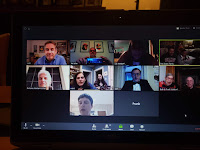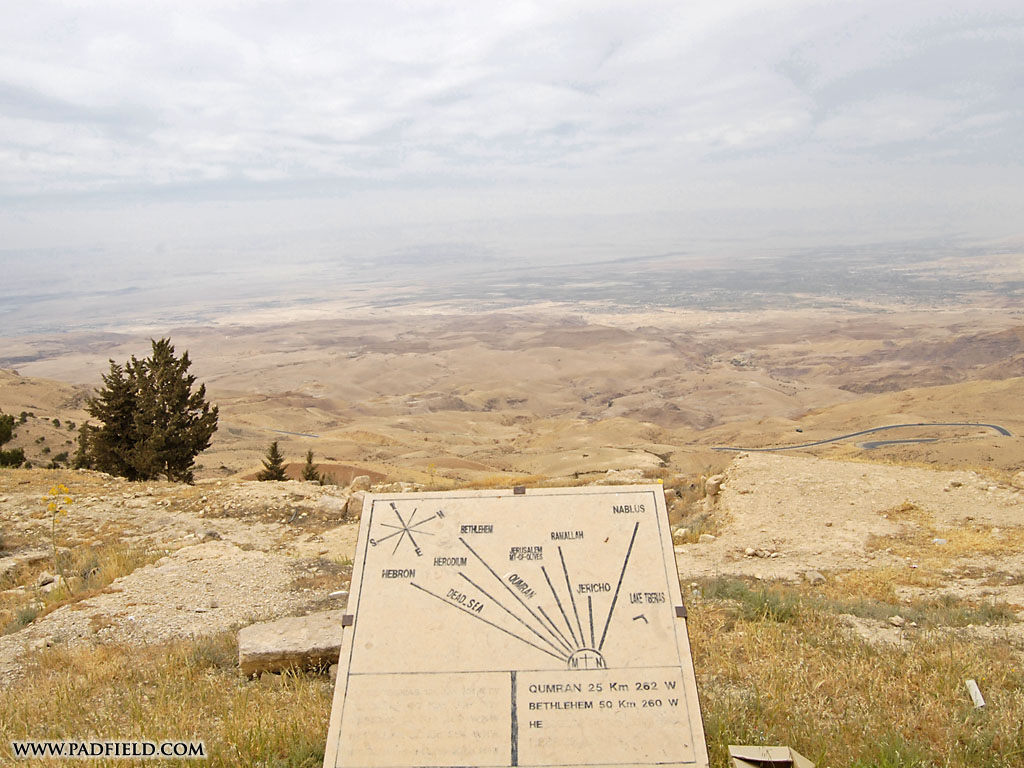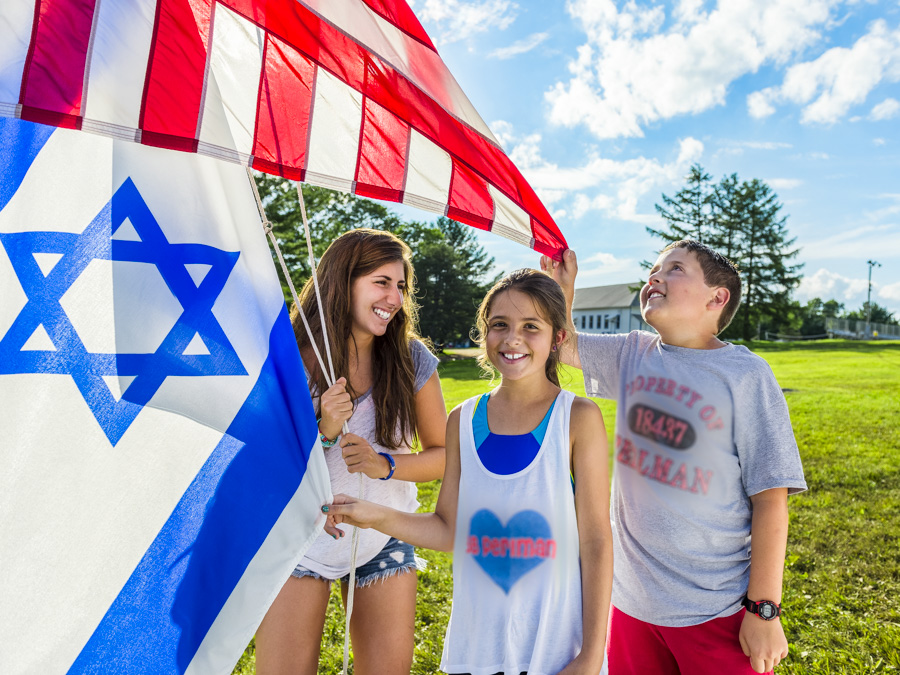She looked at the public environment and saw and heard people shouting at the top of their voices. And using language that would have gotten your mouth washed out with soap - at least if you grew up before the 1980's. Few people in the public sphere were listening to one another. Conversations were often no longer a free exchange of ideas leading to people making up their own minds, or even for seeking common ground to move forward together. They became competitive events to be won or lost.
Harlene was clear - we could not take sides in this curriculum. To be authentic, we had to begin from a place where all positions have legitimacy - the point was to focus on how to engage with one another with respect. We had to make sure that all participants understood that we are all created B'tzelem Elohim - in God's image. Even though we can agree that Nazis are bad, there were examples in real life that we avoided in order to not fall into the trap of seeming to take sides. Teachers years from now can look back to the events of this past decade with greater perspective.
As I watch the news and the various political campaigns right now, I think we need to get back to being civil with one another more than ever. When the rabbis of the Talmud considered the question of how God could have allowed the Romans to destroy the Temple in 70 C.E., the only answer that made sense to them was Sinat Chinam - baseless hatred. The Saducees, Pharisees, Zealots, Sicarii and Essenes were splinter groups (some of the splinters were very large) who were often incapable of coming together for the good of the Jewish people. The rabbis said that if they could have figured out a unified position, the Temple would still be standing.
And as President Lincoln said in accepting the nomination of the fledgling Republican party in 1858: "A house divided against itself cannot stand." That was true then when the issue was slavery. It is equally true today when the issues are many and varied.
Friends, teachers, colleagues: I urge you to teach the value of civility. Be like Shammai and greet each person with a smile and teach your learners to do the same. And on behalf of myself and Joel, I invite you to download the free six lesson curriculum on Civil Discourse from the Covenant Foundation site. Each lesson has three versions. One is for middle school, one for high school and one for adults. Feel free to mix and match parts based on your knowledge of those you are teaching.

Help us keep the metaphoric temple - the United States and the Constitution - from being destroyed.
The curriculum is here: https://www.covenantfn.org/news/civilly-speaking-a-curriculum-on-civil-discourse/






